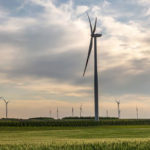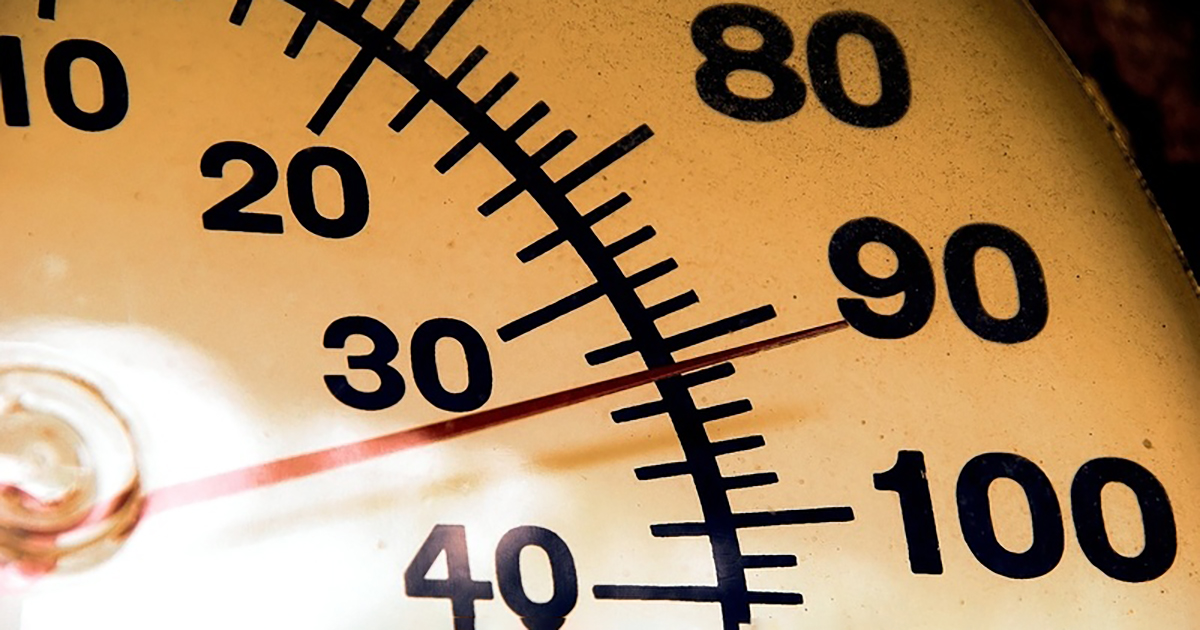As temperatures continue to climb across the country this summer, the heat is certain to again wreak havoc on the electric grid. Every part of our aging infrastructure experiences immense strain when the mercury rises, and we all pay the price.
Businesses use more power and that bumps up their summer bills. But the real cost of summer heatwaves stems from grid inefficiencies and operational challenges. Prolonged heat raises power prices, increases carbon-intensity, and ups the risk of brownouts and blackouts for everyone on the system.
Let’s take a look at exactly what happens to make costs rise.
a look into
Frying the Circuits
When equipment of any type is officially ‘rated’, whether for safety or flow rate or anything else, it is done under set conditions. Most people are familiar with auto crash testing. The only way to compare the safety of two different cars is to measure them consistently.
The same goes for electric equipment — from giant natural gas power plants to a building’s HVAC system — each is rated under specific conditions to ensure effective measurement and comparison.
Consider a natural gas peaker plant with a maximum rated output of 100 megawatts. That megawatt rating is standardized across power plants at 68°F ambient temperature, basically a nice spring day. Every other generator or power plant has a similar output rating, determined at the same average temperature.
In the 70-80°F range a peaker plant will operate without much noticeable difference, but once temperatures hit 90°F or pass 100°F, performance and output can drop considerably — sometimes as much as 15-20%. Hot air sucked into the turbine is not as dense, and cannot carry as much fuel or combust as efficiently, lowering the maximum possible output.
Heat also impacts solar panels, reducing how much electricity they generate. Less dense air pushes wind turbines inefficiently as well.
All of these generators suffer from rising temperatures, and it happens when demand for electricity is reaching its peak.
But the problems don’t end there. When the electricity leaves the plant and begins traveling across the grid, the heat-induced inefficiencies continue. Sagging power lines serve as a visible sign of high temperatures. As the metal heats up and expands, tension lessens and causes the lines to droop. If they droop onto branches, they can cause power outages.
The crackling noise you can sometimes hear when near a transmission line can be another sign of high temperatures. This is the sound of electrons escaping from the power lines and rapidly heating the air around them.
As a result of these issues, during a heatwave as much as 10-15% of the electricity on power lines simply evaporates as it travels to customers.
When electricity reaches its destination, the customer, it faces more degradation from heat. Air conditioning runs less efficiently at highest output. The same vampiric effects we see on power lines occur within the electronics of a cooling fan.
Meanwhile, working overtime in the heat, appliances in businesses and homes demand even more power, further burdening a grid that is already constrained.
From when an electron is generated until it is consumed, the heat is sapping away at that electricity and robbing our pocketbooks.
facts about
The Overbuilt Environment
While heatwaves are a real and growing concern, they don’t happen every day. But to be prepared to meet demand spikes, we overbuild the grid, adding peaking plants and other infrastructure that is needed rarely. Some peakers run only a few hundred hours a year, which is a mere 5-6% of their rated capacity.
If your utility owns this infrastructure, you paid for it through your utility bill. If the power plant is owned by a competitive supplier, that energy is sold at a very steep premium when it is needed most, and the cost is immediately or eventually passed on to you, depending on your contract structure.
When temperatures peaked above 100°F for eight days straight in Texas in August 2019, next day power prices more than tripled and real-time prices reached the market cap of $9,000 a megawatt hour. In Massachusetts, it is estimated that 40% of the cost to utility customers is from just 10% of hours each year.
help with
Dissipating the Problem
There are ways that you can help lessen these impacts, and economic incentives exist to encourage you to do so.
Dynamic pricing offers one example. Special ‘time-of-use’ rates during periods of constraint to incentivize consumers to reduce and shift their consumption. Under a time-of-use rate, it costs considerably more to run equipment or raise the AC during a peak demand period of the day. Demand response programs work similarly, rewarding large customers for curtailing their total demand during peak periods.
These market mechanisms help ease demand when the grid is under strain. With these price signals, customers become active participants in the effective management of the electric grid and help reduce the costs associated with heatwaves and peak demand.
Already this year in Texas, we have seen price spikes and a number of scorching summer days with many more ahead. An unexpected hot day in April sent prices soaring, but fortunately both time-of-use rates and demand response programs are available in most of the state.
And since anyone with a thermostat can turn down their air conditioner if the price is right, customers of all kinds have a valuable role to play.





